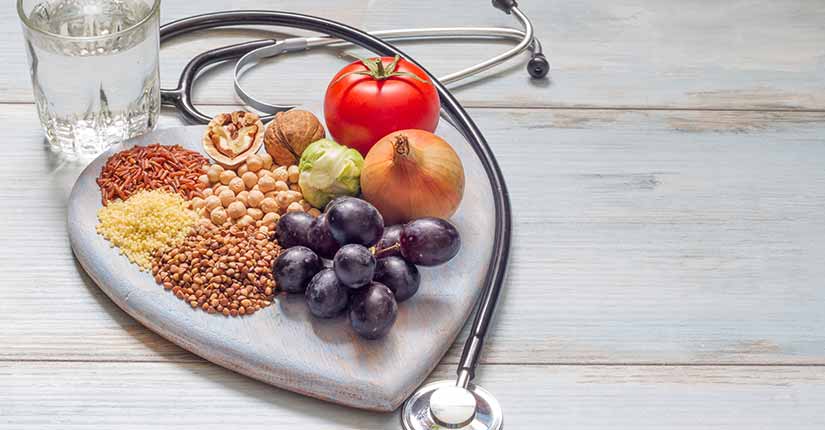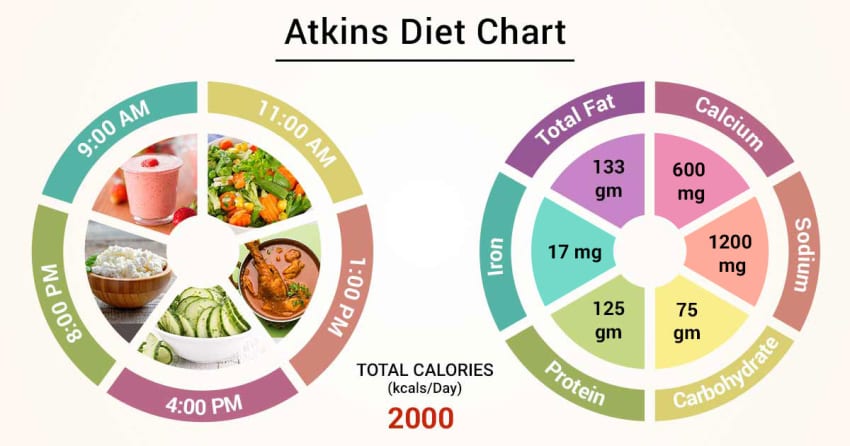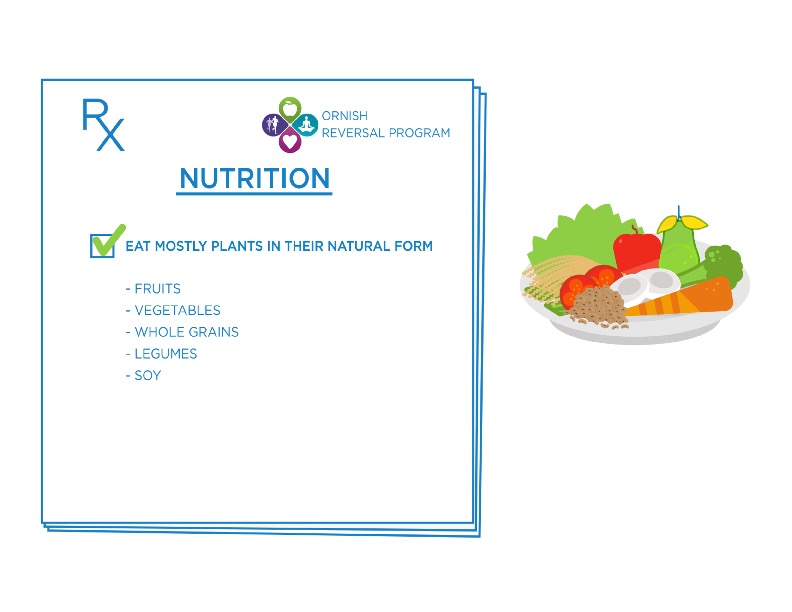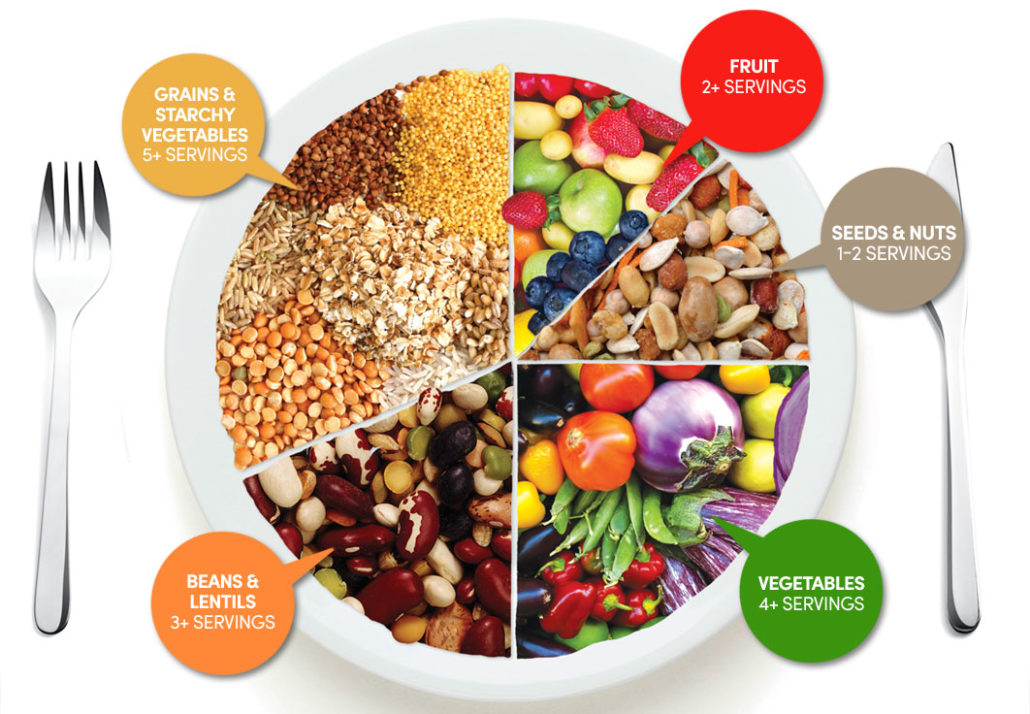
Official “Diet Plans” for Healthy Lifestyle
“Your diet is a bank account. Good food choices are good investments”.
When you eat and how you eat, what you eat is the most crucial factor in your health condition. There are multiple factors to be considered before following any diet pattern. To simplify this, we have done a complete review of all the available official diet plans and provided crisp and curated information about all the diets. Generally, the following specific diet diets aim to reduce weight, control high blood glucose levels, and control high blood pressure.
Contents
Mediterranean Diet
In 1993, the nonprofit organisation Oldways (the Harvard School of Public Health) and the European Office of the WHO introduced the Mediterranean diet and the Mediterranean Diet Pyramid graphic.
The Mediterranean Diet is not a defined “diet,” but somewhat a generalised term to described meal pattern variants often found in Greece, Italy, and Spain.
The Mediterranean diet incorporates the basics of healthy eating:
- Plus a splash of flavorful olive oil and perhaps a glass of red wine.
- Among other components characterising the traditional cooking style of countries bordering the Mediterranean Sea.
The Mediterranean Diet has the most consistent and robust scientific support in reducing atherosclerotic cardiovascular disease risk.

Encouraged
- Olive oil as the primary source of fat
- Vegetables, fruit, legumes, whole grains, nuts, and seeds
- Moderate intake of red wine
- Moderate consumption of seafood, fermented dairy products (cheese and yoghurt), poultry, and eggs
Discouraged
- Limit consumption of high amounts of red meat, meat products, and sweets*
- Olive oil is a staple of most Mediterranean diet definitions; however, some Mediterranean cuisine includes lard and butter for cooking and olive oil for dressing salads and vegetables.
Therapeutic Lifestyle Change Diet (TLC)
The TLC Diet is a low-fat meal-plan variant recommended by the National Cholesterol Education Program, Adult Treatment Panel. It is the “diet” most often utilized in the conduct of lipid clinical trials.

Encouraged
- Total fat: 25–35% of daily calories
- Polyunsaturated fat: Up to 10% of total daily calories
- Monounsaturated fat: Up to 20% of total daily calories
- Carbohydrate: 50% to 60% of total calories
- Soluble fibre: At least 5-10 grams a day, preferably 10-25 grams a day
- 2 grams per day of plant stanols or sterols through foods or dietary supplements
Discouraged
- Limit saturated fat: < 7% of total calories
- Limit cholesterol: < 200 mg a day
- Avoid foods with trans-fatty acids
Ketogenic Diet (Keto or Atkins Diet)
The Ketogenic Diet is illustrative of a carbohydrate-restricted nutritional intervention that promotes fat for energy and generates ketosis, which may reduce appetite.

Encouraged
The induction phase allows no more than 20 grams of carbohydrate per day from non-starchy vegetables and leafy greens; encourages adequate-protein and a higher proportion of dietary fat to reduce insulin levels and generate ketosis.
The ongoing weight loss phase allows a broader variety of vegetables, seeds and nuts, and low-glycemic fruits (i.e., strawberries and blueberries).
The pre-maintenance phase, after the goal weight is achieved, allows carbohydrate intake to be slowly increased as long as weight gain does not occur.
In the maintenance phase, 60 to 90 grams of carbohydrates per day is allowed, which may enable legumes, whole grains, and fruits.
• All phases encourage a balance of saturated, monounsaturated, and polyunsaturated fatty acids.
Discouraged
Avoid:
- Processed and refined foods
- Foods with a high glycemic index
- Foods rich in trans fatty acids
In all but the maintenance phase, limit:
- Cereals, bread, and grains
- Dairy products, except cheese
- Starchy vegetables
- Most fruits
Ornish Diet
Dean Ornish ranked foods from most to least healthful. The Ornish Diet is illustrative of a fat-restricted nutritional intervention. This diet is scientifically proven to reverse the progression of even severe coronary heart disease, type 2 diabetes, hypercholesterolemia, and high blood pressure.
Composition
- Foods are neither good nor bad, but some are more healthful for you than others
- Predominantly fruits, vegetables, whole grains, legumes, soy products, nonfat dairy, and egg whites in their natural forms
- Some good fats contain omega-three fatty acids.
These are foods rich in good carbs, good fats, good proteins and other protective substances.
- Eat Mostly Plants in Their Natural Form
- Limit Bad Carbs
- 4 Grams a Day of Good Fat
- Eat Mostly Plant-Based Proteins

Encouraged
- Foods are best eaten in their natural form
- Vegetables, fruits, whole grains, and legumes
- One serving of a soy product each day
- Limited amounts of green tea
- Fish oil 3-4 grams each day
- Small meals are eaten frequently throughout the day
Discouraged
- Limit dietary fat: < 10% of total daily calories
- Limit dietary cholesterol: < 10 mg per day
- Limit sugar, sodium, and alcohol
- Avoid animal products (red meat, poultry, and fish) and caffeine (except green tea)
- Avoid foods with trans fatty acids, including vegetable shortening, stick margarine, and commercially prepared foods, such as frostings; cake, cookie, and biscuit mixes; crackers and microwave popcorn; and deep-fried foods
- Avoid refined carbohydrates and oils
DASH Diet
The “Dietary Approaches to Stop Hypertension” (DASH) is a diet pattern promoted by the U.S. National Heart Lung and Blood Institute in 1995, primarily to treat high blood pressure.
The study illustrated that dietary intervention alone significantly lowers SBP and DBP in hypertensives and non-hypertensives.
DASH Diet: Composition
Requires no special foods and instead provides daily and weekly nutritional goals.
This plan recommends:
- Eating vegetables, fruits (4-5 Daily serving), and whole grains (6–8 Daily serving)
- Including fat-free or low-fat dairy products, fish, poultry, beans, nuts, and vegetable oils (6 or less Daily serving )
- Limiting foods that are high in saturated fat, such as fatty meats, full-fat dairy products, and tropical oils such as coconut, palm kernel, and palm oils (2–3 Daily serving )
- Limiting sugar-sweetened beverages and sweets.
- Sodium- 2,300 mg*
- Nuts, seeds, dry beans, and peas (4–5 Weekly servings)
- Sweets (5 or less Weekly servings)

Encouraged
- Vegetables, fruits, and whole grains
- Fat-free or low-fat dairy products
- Fish, poultry, and lean meats
- Nuts, seeds, and legumes
- Fibre and the minerals calcium, potassium, and magnesium
Discouraged
- Limit sodium: 1,500-2,300 mg per day
- Limit total fat: ~27% of total daily calories
- Limit saturated fat: <6% of total daily calories
- Limit cholesterol: <150 mg per day for a 2,100-calorie eating plan
- Avoid red and processed meats
- Avoid sugar-sweetened beverages
- Avoid foods with added sugars
Paleolithic Diet
Palaeolithic nutritional intervention is based upon a diet pattern presumed to exist during the Paleolithic period (lasting 3.4 million years and ending 6000-2000 BC). It differs from some other diets in that it excludes grains, dairy, and processed foods.

Encouraged
- Fresh vegetables, fruits, and root vegetables
- Grass-fed lean red meats
- Fish/seafood
- Eggs
- Nuts and seeds
- Healthful oils (olive, walnut, flaxseed, macadamia, avocado, and coconut)
Discouraged
Avoid:
- Cereal grains
- Legumes, including peanuts
- Dairy products
- Potatoes
- Processed foods
- Refined sugar, refined vegetable oils, and salt
Vegetarian diet
Plant-based nutritional intake is generally associated with weight loss, reduced risk of heart disease, other metabolic disorders, cancers, and possibly all-cause mortality. The potential benefits may be negated when healthier plant-based whole foods (i.e., natural fibre and nutrients) are replaced by processed foods, fried foods, and refined carbohydrates.
A vegetarian nutritional intervention includes a meal plan consisting of foods that come mostly from plants.
Vegetarian Diet Variants
Vegan (“Total Vegetarian”): Only plant-based foods (e.g., fruits, vegetables, legumes, grains, seeds, and nuts) with no animal proteins or animal by-products, such as eggs, milk, or honey
Lacto-vegetarian: Plant foods plus some or all dairy products (e.g., cheese)
Lacto-Ovo Vegetarian (or Ovo-lactovegetarian): Plant foods, dairy products, and eggs
Semi or Partial Vegetarian: Plant foods and may include chicken or fish, dairy products, and eggs, but not red meat
Pescatarian: Plant foods and seafood

Encouraged
- Vegetables
- Fruits
- Whole grains
- Legumes
- Seeds
- Nuts
- May include eggs and milk
Discouraged
- Fowl
- Fish
- Beef
- Pork
- Lamb
Fasting (e.g., alternative day, intermittent, time-restricted eating)
May contribute to overall caloric restriction

Potential advantages:
- Reducing “decision fatigue” regarding food selection
- Quickly reversible
- May better fit in day-to-day patient scheduling
- May reduce caloric intake with preservation of lean body mass
- May minimise body weight and potentially improve other metabolic parameters
Potential disadvantages:
- Does not necessarily emphasise healthy meal quality
- May is not appropriate for patients with a history of eating disorders (e.g., bulimia)
- Increases the risk of hypoglycemia among patients with diabetes mellitus who do not
- appropriately adjust their hypoglycemic anti-diabetes drug treatments (e.g., insulin, sulfonylurea)
- Unclear if sustainable on a lifetime basis for a lifelong disease (i.e., obesity)
- May promote gout, urate nephrolithiasis, postural hypotension, and cardiac dysrhythmias
- Most long-term evidence of efficacy and reported safety in animal studies
